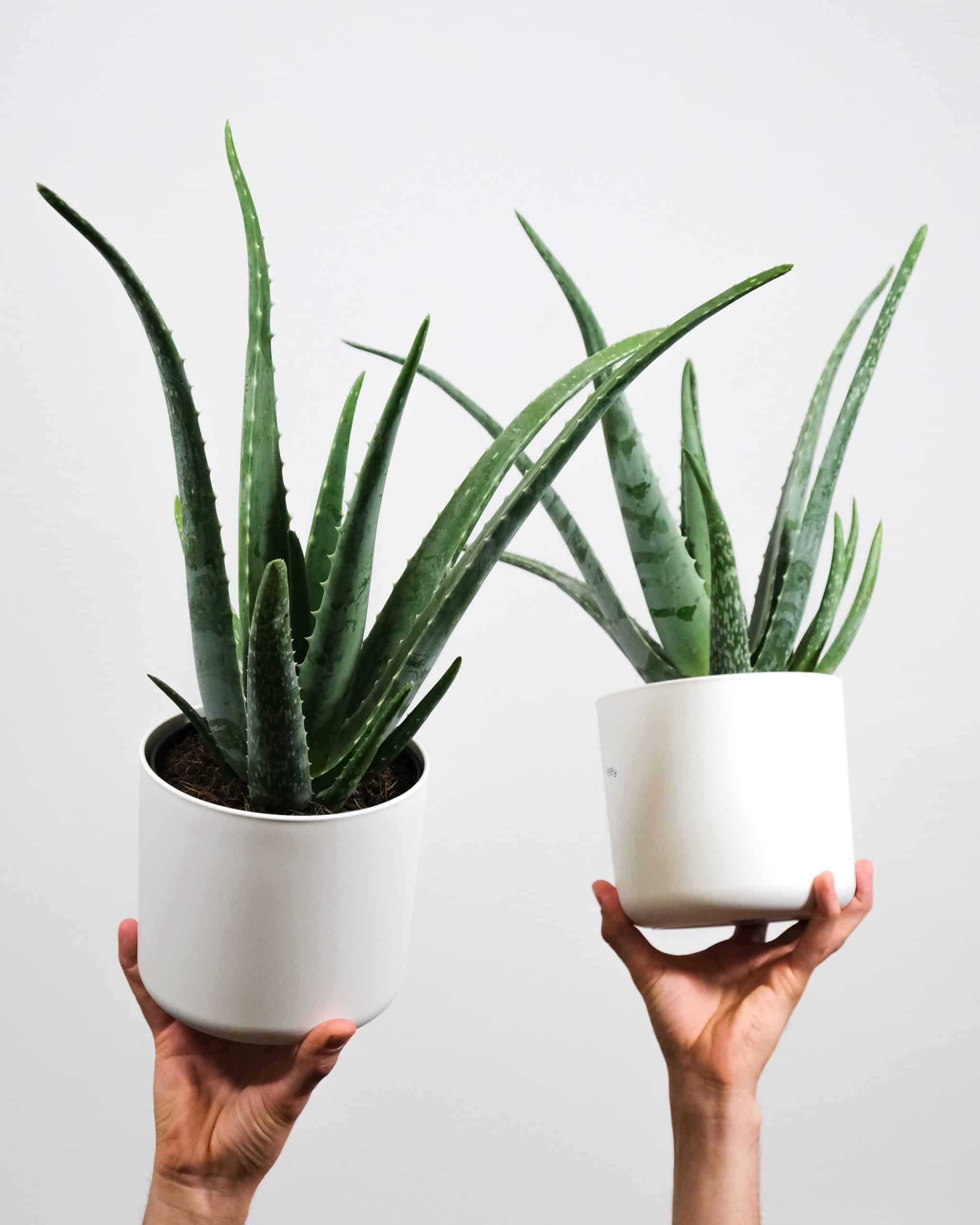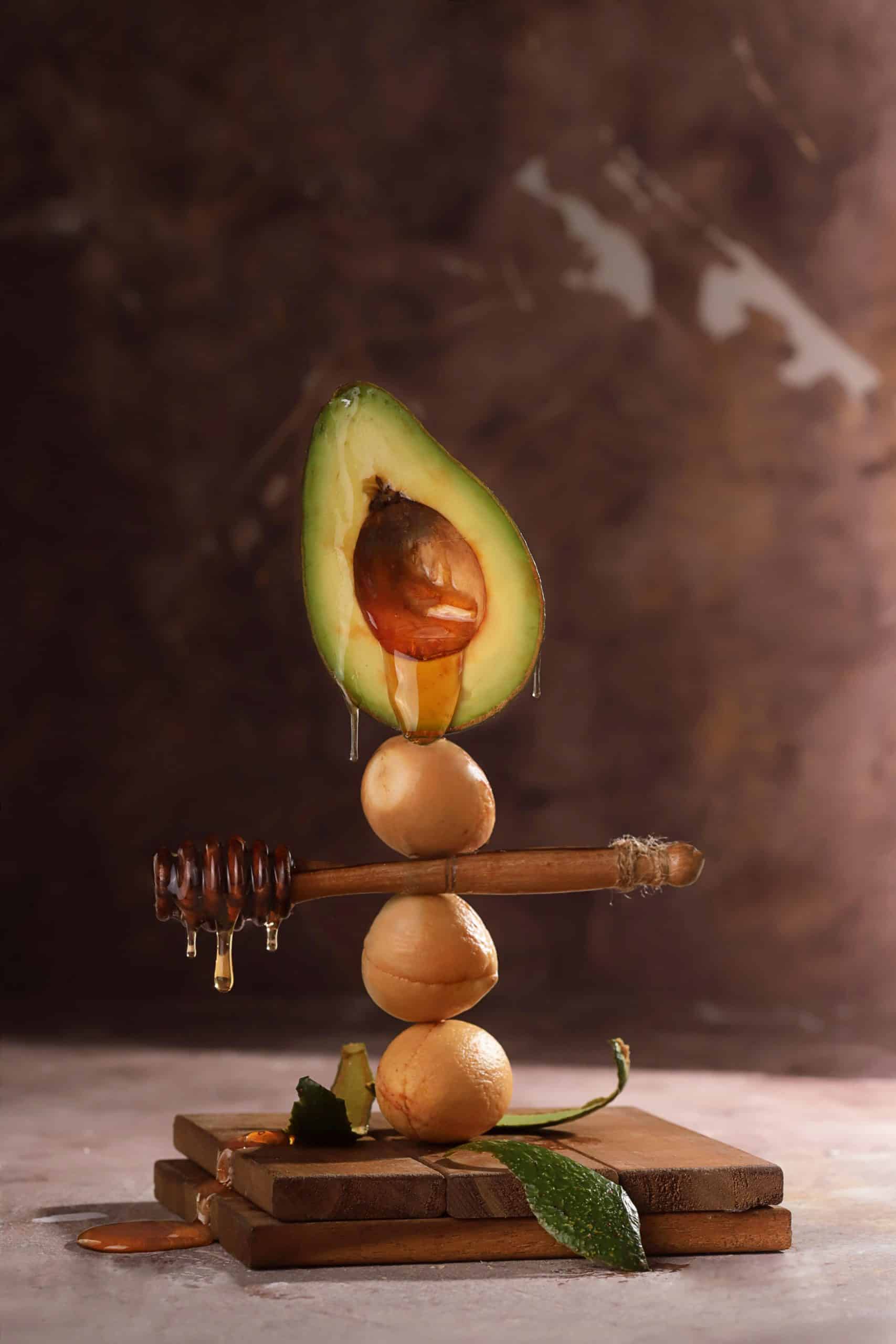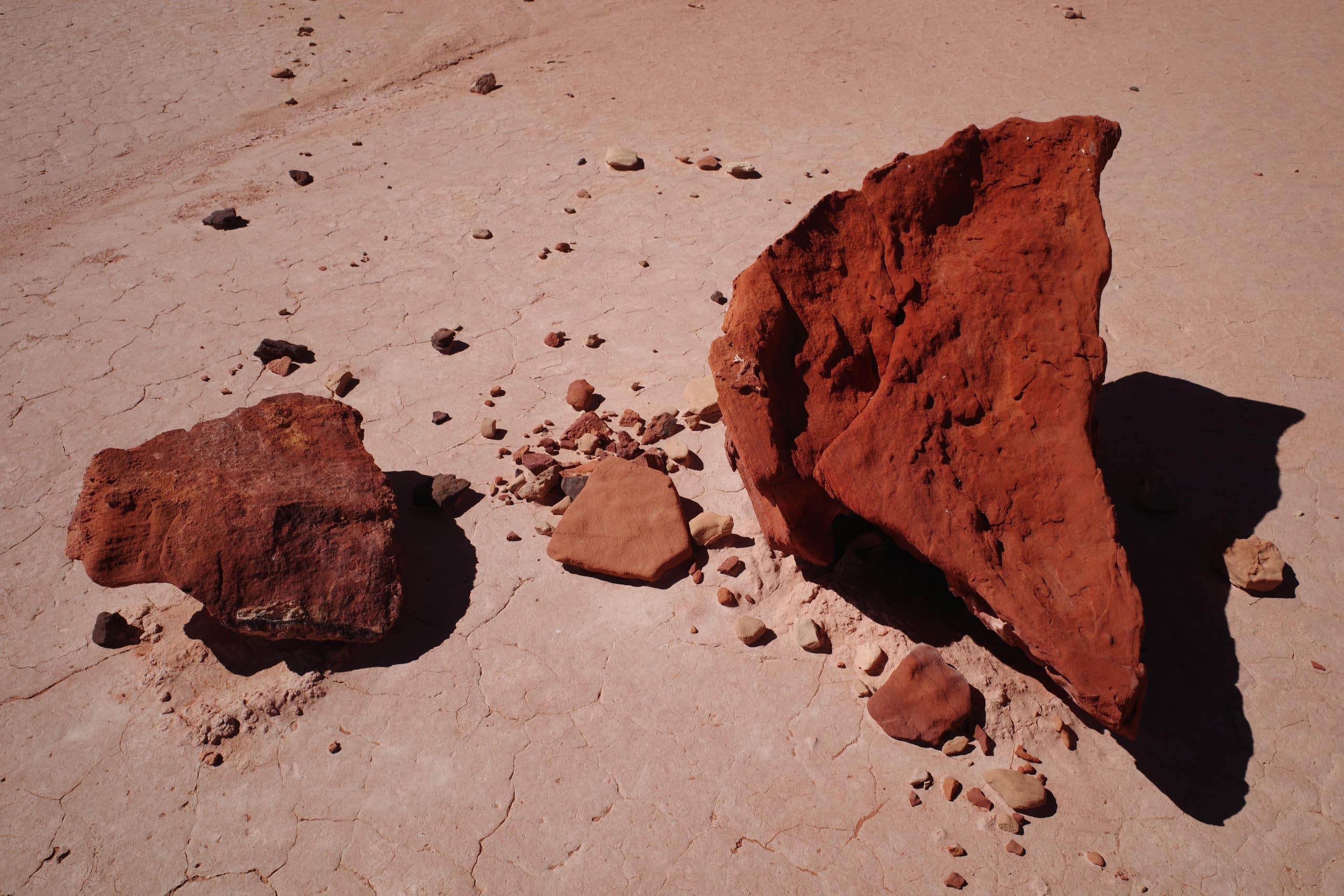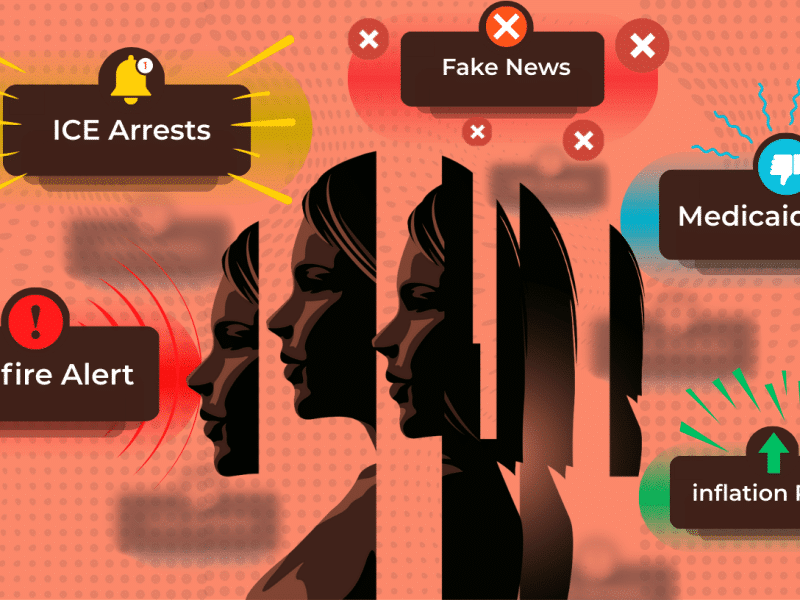Before Trends, Abuelas Mastered Natural Skincare
Long before clean beauty became a corporate buzz, Abuelas were the original beauty gurus, sharing natural skincare secrets enriched with Latin-American ingredients.

Our Latin American parents, grandparents, and great-grandparents came from lands with a diverse array of plant life and a rich history of traditional medicine. Many plants native to Latin America have been used for centuries to treat various ailments and promote overall health and wellness. In recent years, as more and more people re-connect with their roots and heritage, they are discovering plants and traditions used for natural skincare.
The aloe vera plant is one of the most well-known Latin American plants used in natural skincare. Aloe vera is a succulent plant native to the Caribbean and parts of Latin America. It’s known for its soothing and healing properties and is often used to treat sunburns, cuts, and other skin irritations. Aloe vera is also rich in antioxidants and vitamins, which can help to nourish and rejuvenate the skin.
Another popular plant used in Latin American natural skincare is the chia seed. Chia seeds are native to Mexico and are packed with nutrients such as omega-3 fatty acids, protein, and antioxidants. They are often used in facial masks and other skincare products to help moisturize and nourish the skin.
In addition to plants, traditional remedies and techniques are also a big part of Latin American natural skincare. For example, many people in Latin America use natural ingredients like honey, avocado, and coconut oil as a part of their skincare routine. These ingredients are believed to help soothe and nourish the skin and are often used in home remedies for various skin conditions such as eczema and acne.
One traditional skincare technique that has gained popularity in recent years is clay masks. Clay masks, made from natural clays found in Latin America, are believed to help remove impurities from the skin and improve its overall appearance. They are often used to treat acne, reduce inflammation, and tighten and tone the skin.
Try these DIY natural skincare treatments that can be made at home using Latin American ingredients:
Aloe Vera Moisturizer

- Mix 1/4 cup of aloe vera gel, 1/4 cup of coconut oil, and a few drops of essential oils (such as lavender or tea tree).
- Transfer the mixture to a small jar or container and use as a moisturizer.
Honey and Avocado Face Mask

- Mash together 1/2 an avocado and one tablespoon of honey.
- Spread the mixture over your face and leave it on for 15-20 minutes.
- Rinse the mask off with warm water and pat your face dry.
Coconut Oil and Sugar Scrub

- Mix together 1/2 cup of coconut oil and 1/2 cup of sugar.
- Use the scrub to gently exfoliate your skin, paying special attention to rough or flaky areas.
- Rinse the scrub off with warm water and pat your face dry.
Clay Face Mask

- Mix 1/4 cup of natural clay (such as bentonite or kaolin clay), two tablespoons of aloe vera gel, one teaspoon of honey, and one teaspoon of coconut oil.
- Apply the mask to your face and leave it on for 15-20 minutes.
- Rinse the mask off with warm water and pat your face dry.
Chia Seed Facial Oil

- Mix 1/4 cup of chia seeds and 1/2 cup of carrier oil (such as jojoba or avocado oil).
- Let the mixture sit for at least an hour or overnight.
- Strain the mixture to remove the chia seeds and transfer the oil to a small jar or container.
- Use the oil as a facial moisturizer, or add a few drops to your favorite skincare products.
Overall, Latin American plants and traditions offer a wealth of natural skincare options. From aloe vera and chia seeds to traditional remedies and techniques, these resources can help nourish, soothe, and rejuvenate the skin. Our ancestors knew what they were doing.




